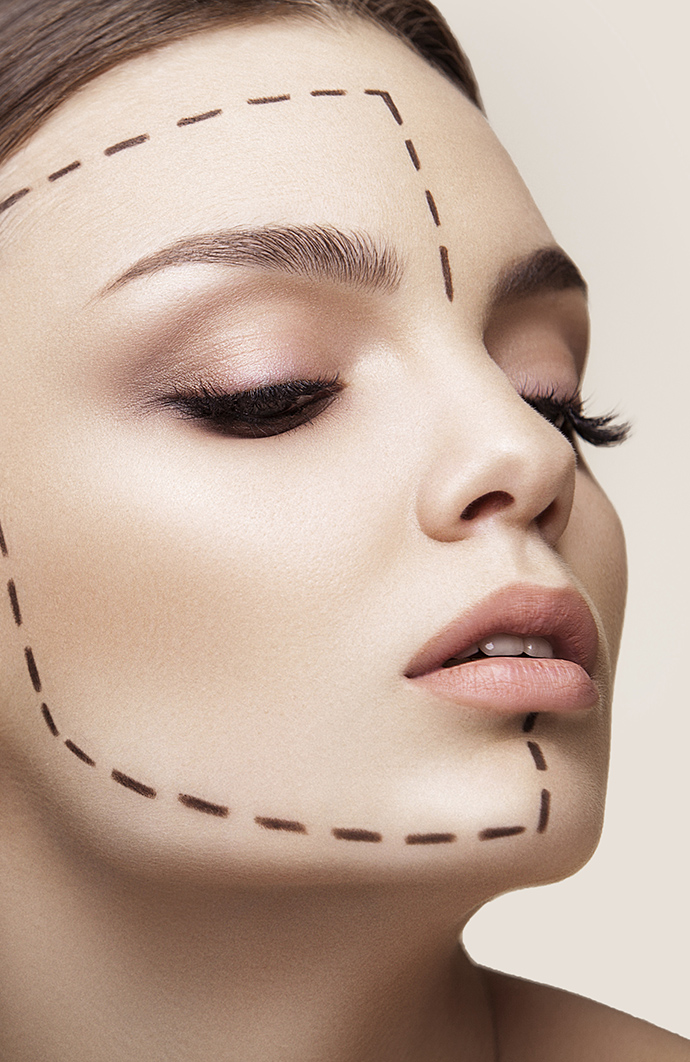Mini-facelift

A mini-facelift is a type of facelift procedure that is far less invasive than the typical facelift or browlift. It is sometimes referred to as an “s-lift” because the incision that is used is shaped like the letter S. The position of the incision is typically made from the hairline around the ear, while the natural crease of the skin hides any lingering scars. The neck is completely omitted in the mini-facelift procedure. The muscles are reshaped and excess fat and skin are removed. The skin is then re-draped and staples are used to close the incision and keep the skin tight.
Who is it good for?
A mini-facelift is perfect for people who do not want to go through the full facelift procedure but still want to address some premature ageing issues. It is typically performed on people who have a well-contoured and firm neck but have sagging facial structures and deep nasolabial folds.
It is also ideal for people who may be looking to save some money or want to limit the amount of recovery time they need. In fact, some people even refer to the procedure as a “weekend facelift” because of how much shorter the recovery time is. A facelift is used to tighten up the appearance of wrinkles; the mini-facelift reduces sagging around the neck, jawline, and cheeks. Most patients who opt to go with a mini-facelift procedure are in their thirties and forties and are just beginning to experience the symptoms of aging. The mini-facelift generally lasts between five and ten years before the skin begins to sag again. People who are undergoing a mini-facelift procedure must stop smoking several weeks before the surgery and are not permitted to take blood thinners or aspirin for at least a week before the surgery. A mini-facelift usually takes around an hour to an hour and a half to complete, and almost all patients go home the same day.
Compare
There are several differences between a full facelift and a mini-facelift. A full facelift is used to eliminate loose skin in folds of cheeks and the neck, but also tightens up the skin all over the face. Conversely, the mini-facelift focuses specifically on the neck, jawline, and cheeks. Mini-facelifts also cost about half of what a full facelift costs, and the procedure time is much shorter. In fact, a full facelift can take several hours to complete, and most patients are required to spend at least one night in hospital. People who undergo full facelifts tend to have bruising that lasts for a couple of weeks, and a numb sensation which can take a couple of months to fully disappear, while mini-facelift patients tend to be perfectly fine after just one week. One main difference between the two procedures is the results. People who undergo a mini-facelift procedure generally have to return within a decade because their skin has sagged once more. A full facelift procedure, while not permanent, produces results that last much longer, with a lower likelihood of patients returning for a follow-up procedure.





